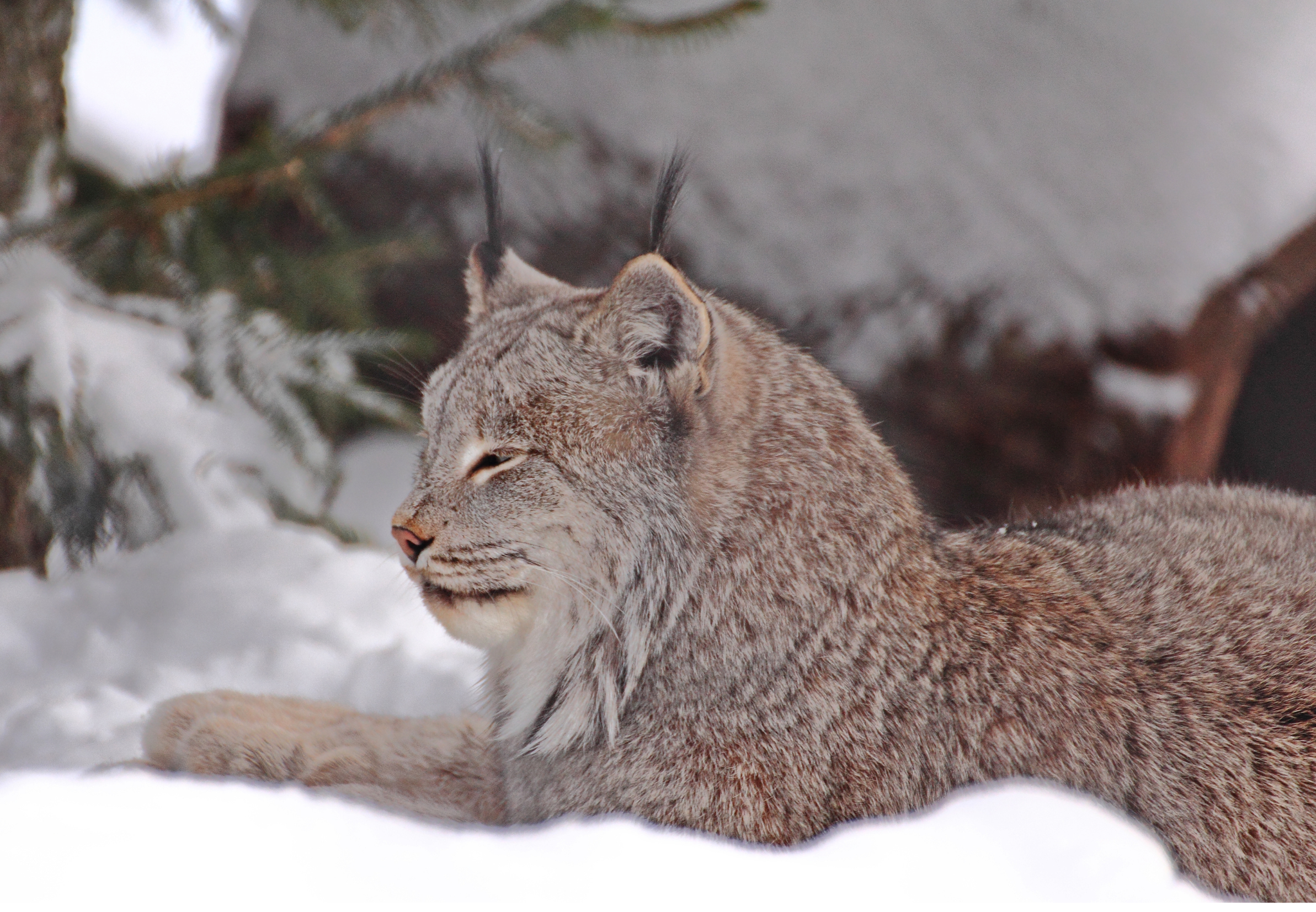By Michael Collins, Teravana
A clear way to think about how trees store carbon is to see forests as carbon sinks. A forest becomes a sink when the trees, soil, vegetation, and debris—the entire forest—all take in more carbon than it releases. It is easy to imagine carbon sinking in for thousands of years when we walk through an old-growth forest where we can feel and smell the entire environment functioning as one being.
Today, some forests function as net carbon emitters. Forests are not meant to be so volatile, swinging in one direction or the other. But rising temperatures, nonstop logging, and increasing wildfires can result in forests releasing more greenhouse gases than they take in.
It may take a forest so large and remote that it can rival human life to realize the power of a carbon sink in its natural state.

Canada’s boreal forest is the largest intact forest in the world. This part of the Canadian North stretches 1.2 billion acres across the width of Canada. While there are people who live in the boreal, in many parts, polar bears, wolves, owls, bald eagles, caribou, brown bears, Canada Lynx, salmon, and thousands of other creatures coexist, far removed from human beings.
For many of these species, trees make up their home or at least their surroundings. The term boreal refers to cold-temperature regions dominated by birch, poplar, and conifers. For those of us living in the Lower 48, it is difficult to fathom the size of the boreal. Comparatively, the Humboldt Toiyabe National Forest in California is the largest in the Lower 48 at 6.3 million acres.
The boreal forest plays a role in the fight against global warming. It is mindboggling to think that while we are cutting down its trees and contributing to rising temps, this forest is leading the fight against climate change—helping us. According to Nature United, Canada’s boreal forest stores 208 billion tons of carbon, or 11% of the world’s total.
The Canadian North is such an effective carbon sink because of the year-round cold temperatures. With limited decomposition in the cold underground, large amounts of carbon accumulate in the soil over time and have for thousands of years (Canadian Forest Service Publications). When the natural s

tate changes, when loggers trample soil, and when forests shrink, forests aren’t allowed to think for themselves, and species are put in unfamiliar situations. This is also when carbon escapes from the ground.
A world that functions so naturally, with animals knowing how and when to hunt prey, when to bring offspring into the world, and salmon somehow, instinctively reaching their final destination, all of a sudden requires some extra work.
Like the Amazon, the Canadian North helps the Earth function and works its magic on such a grand scale that when we realize what’s going on up there in North America, we are inclined to stop for a minute.
REFERENCES
Canada’s Boreal Forest: Why It’s So Important. Natural Resources Defense Council (NRDC.com). 2022.
https://www.nrdc.org/stories/canadas-boreal-forest-why-its-important
Carbon in Canada’s boreal forest — A synthesis. 2013. Kurz, W.A.; Shaw, C.H.; Boisvenue, C.; Stinson, G.; Metsaranta, J.; Leckie, D.; Dyk, A.; Smyth, C.; Neilson, E.T. Environmental Reviews 21(4):260-292. Canadian Forest Service Publications. https://cfs.nrcan.gc.ca/publications?id=35301
Drever, Ronnie. Primer on Forest Carbon. Nature United.com. https://www.natureunited.ca/what-we-do/our-priorities/innovating-for-climate-change/forest-carbon-boreal-forest/